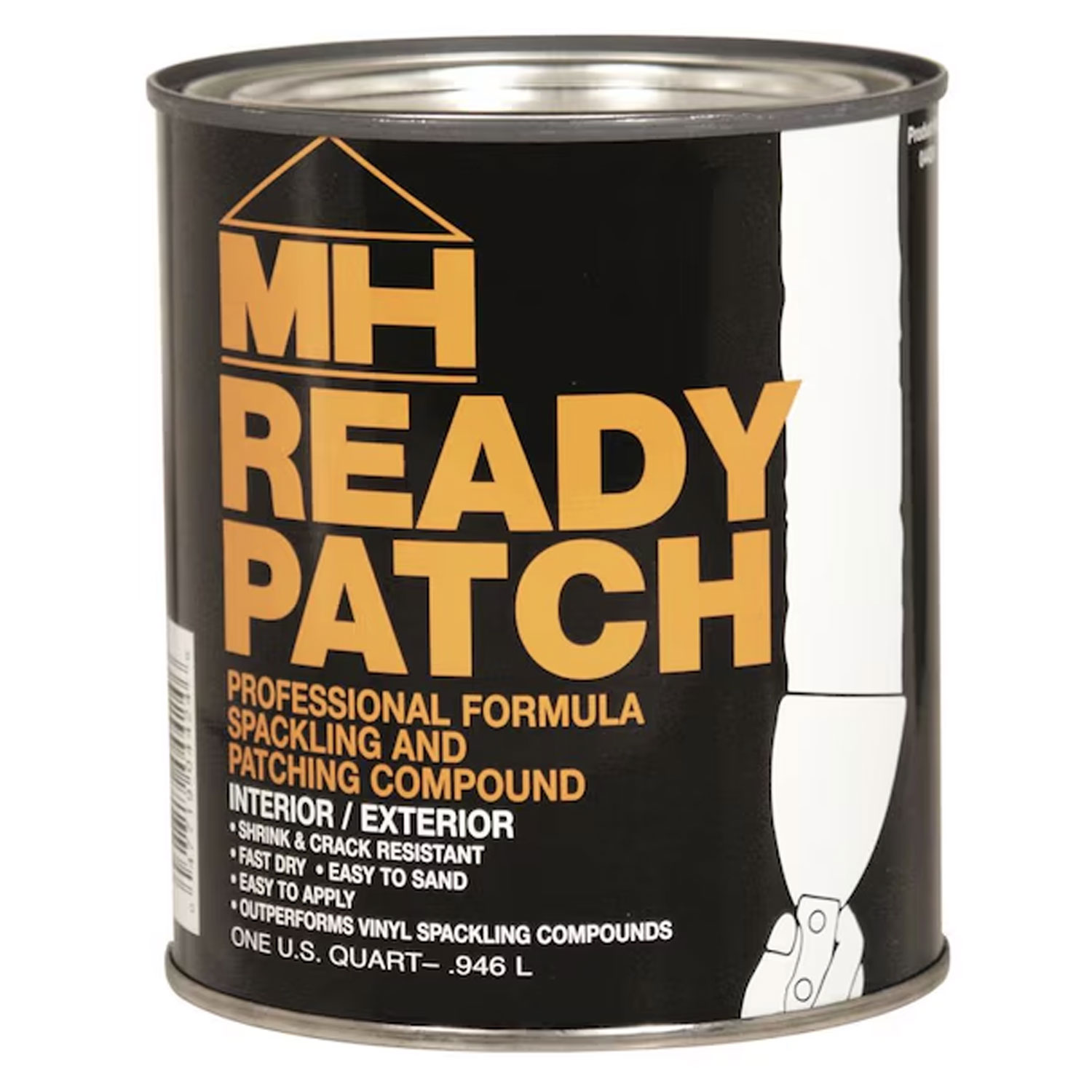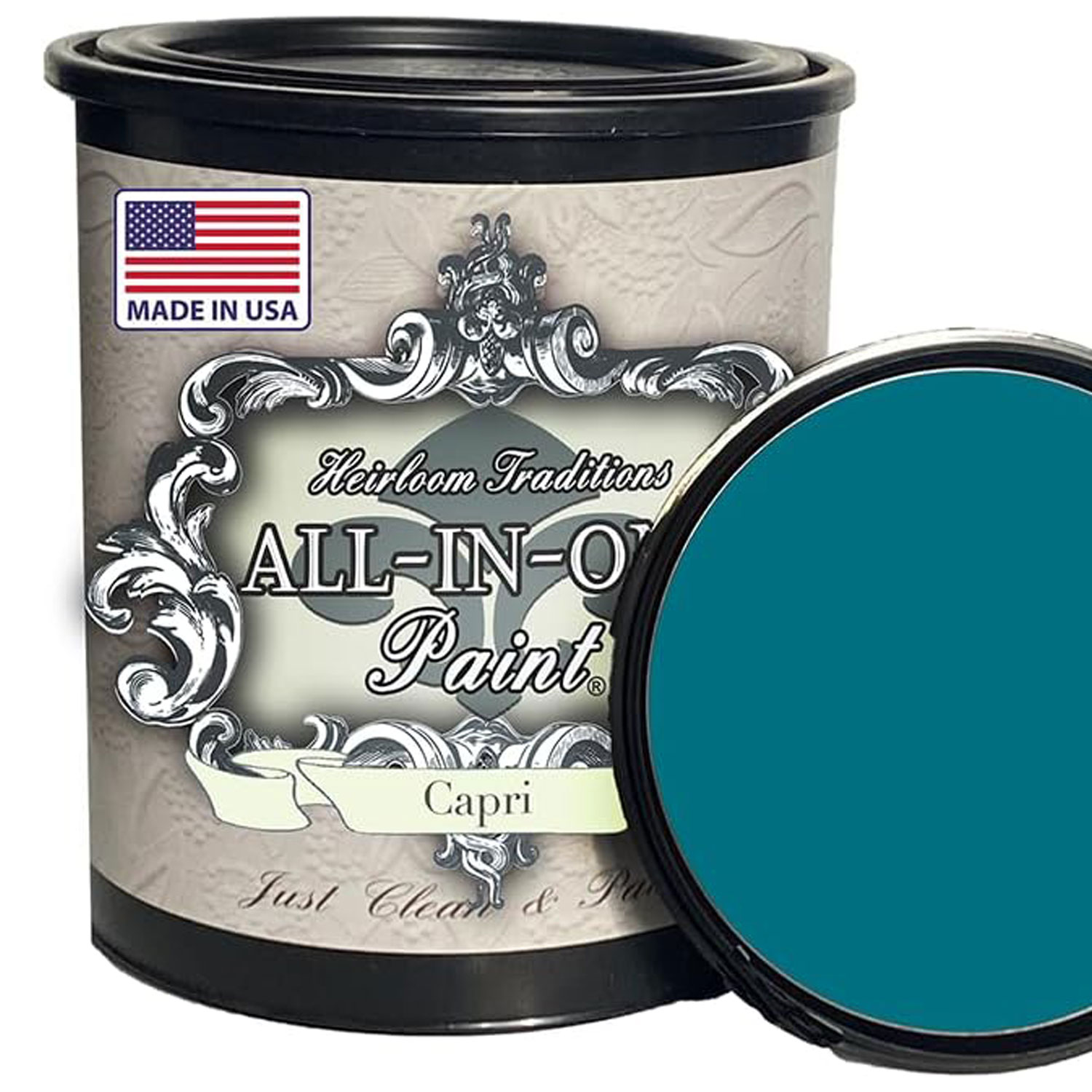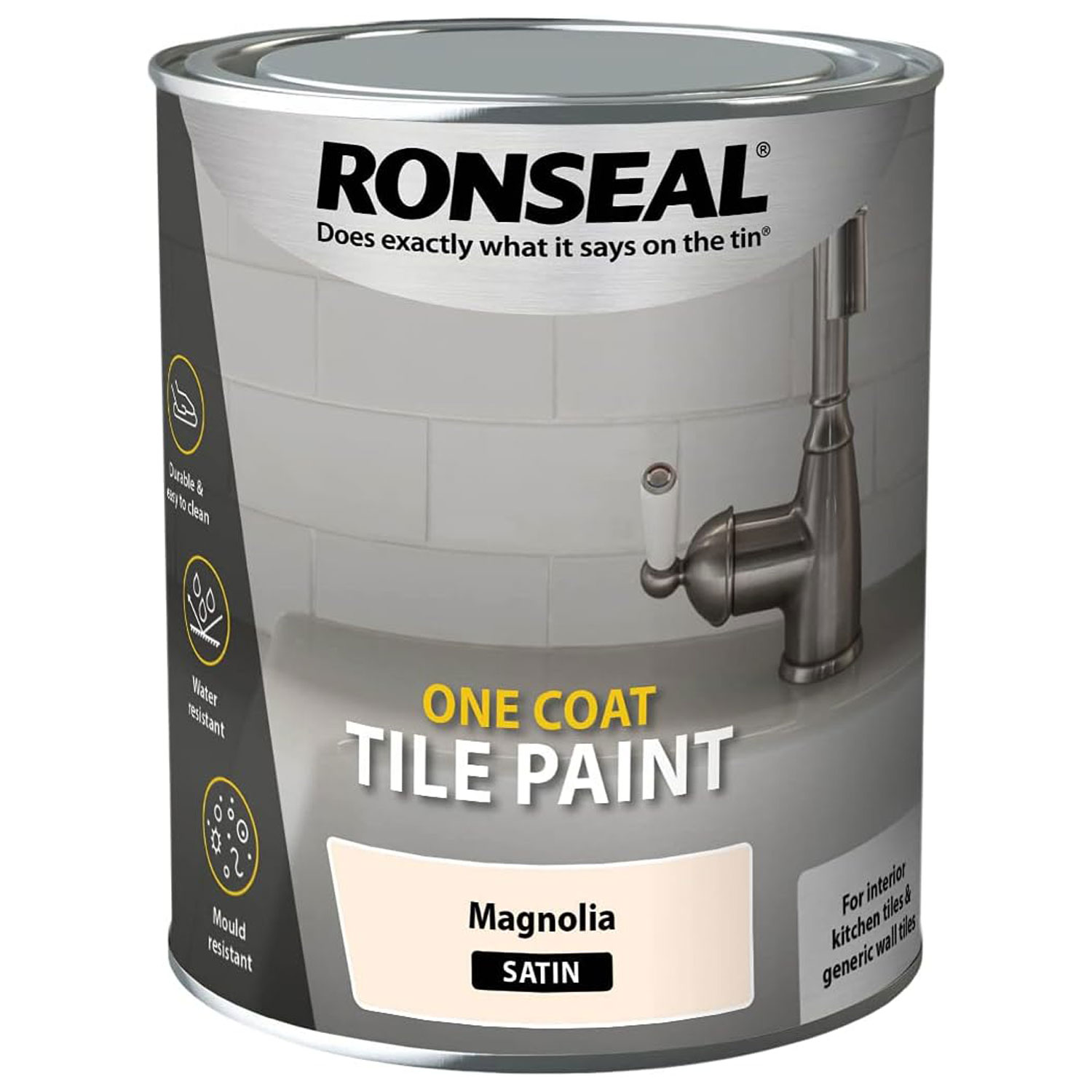
Painting bathroom tile is a task commonly undertaken by homeowners looking to update their bathroom without spending a fortune or having to put up with a load of disruption and mess involving stripping away existing tiles.
If this is a job that you fancy giving a go, make sure you get well prepared with the right tools for the job and a paint that is suitable for use on tile - you can't use just any old paint you have lying around and expect perfect results.
We asked a range of decorating experts for their advice on how to do this job for the best possible finish for your bathroom tile ideas and the longest-lasting results - and the best news is that you could totally transform your bathroom in this way in just one weekend.
How to paint bathroom tile like a pro
You will no doubt be keen that you get the very best results for all your efforts and that is where our expert's advice is going to help. They have come up with everything from the perfect products for the job to how to prepare your existing tile for the best possible outcome.

What you'll need to paint bathroom tile
Tools:
- Tack cloth - these Dura-Gold Superior Tack Cloths from Amazon are a great option and come in a pack of 12
- Putty knife
- 120-grit sandpaper
- Drop cloth
- Paint tray
- Paint roller
- Paint brush
Materials:
- Trisodium phosphate
- Waterproof spackle (filler)
- Caulk
- Primer Epoxy or two-process paint
- Polyurethane sealer - try Shabby Chic Multi Surface Clear Coat Sealant from Amazon
- Masking tape
1. Prepare your existing tile for painting
As with so many small bathroom upgrades, the key to success tends to lie in putting in the right preparation work.
"When starting a tile painting project, you'll need a very clean and porous surface for the primer and paint to adhere to," says Michael Clarke, founder of Yardwork and Pulled. "Therefore it's best to start by giving the tile a thorough clean with a mixture of warm water and trisodium phosphate. Once you've cleaned the tile with this solution, you'll want to rinse it well with clean warm water and then dry completely with a tack cloth."
"Here’s a tip!" adds Baltimore-based licensed contractor Jay Sander. "To achieve the best results, use a solution of 1/4 cup trisodium phosphate per gallon of water."
SamaN TSP Eco Heavy Duty Cleanser and Degreaser from Amazon comes ready to use.
2. Make any necessary tile repairs
You will obviously want a perfect finish when it comes to your bathroom design and this means repairing any cracked or broken tile before you begin painting.
"You'll want to repair any chipped or broken tiles with waterproof spackle (filler)," explains Michael Clarke. "Once you are finished with this step, the next step is to sand the tile with 120-grit sandpaper to remove any glazing on the tile, then rinse the area again with clean water and dry with a tack cloth."
Finally, use your masking tape to cover the areas you don't want to be painted and lay your drop cloths over your floors and sanitaryware to protect them.

Price: $24.98
This spackling paste is really easy to work with, simple to sand, and dries super hard for a long-lasting finish. When you have finished filling cracks and chips in your tile this spackle is also suitable for metal, plaster, timber, and masonry.

Price: $14.93
This pack of 120-grit sandpaper offers brilliant value for money. Not only do you get 25 sheets, but you can also use them for both hand sanding as well as with a power sander. The backing paper is nice and thick so you won't have to worry it'll tear.

Price: $12.99
Never underestimate how useful tack cloths can be for all kinds of DIY home improvement jobs - and you would be hard-pressed to find better than these. They quickly remove sanding dust and somehow pick up the dirt rather than spread it about like some.
3. Prime the tile
"Perhaps the most important step before applying any paint is to prime the surface with two applications of primer that is formulated for tile," says Michael Clarke.
"It is critical to use a primer that is suitable for tiles," confirms Jay Sander. "It will ensure the paint adheres well. Remember, for better results, you must allow the primer to dry for at least 24 hours."
"Use a high-quality primer like XIM to create a paintable surface on the tiles," suggests Brandon Walker, Construction Manager at ASAP Restoration LLC.
Something like Rust-Oleum UMA Interior/Exterior Multi-purpose Water-based Wall and Ceiling Primer from Lowes would be perfect for the job.
It tends to be easiest to use a brush to apply your primer, but you could use a roller. Take time to look into the best paint rollers for the job as you want a smooth, even finish.
4. Paint the tile
Now for the bit that will take your tile from shabby to super stylish right before your very eyes - applying your chosen paint. Make sure you take into account the bathroom color ideas you have used elsewhere in the space first.
"Applying thin coats and allowing each coat to dry thoroughly, will provide the best results," advises Michael Clarke.
"You can use a brush or roller for this process," says Jay Sander. "Don't forget to cover both tiles and grout. Let the paint dry properly. If required, apply a second coat.
"It is critical to remember that before applying the next coat, you should let it dry for 6-8 hours. Repeat the same process every time you require a coat."
This Pro Grade- Paint Roller Set from Amazon offers great value for money.

Price: $51.88
Although branded as a paint for floor tile, this can also be used on walls - in fact many users report using it successfully even in showering areas of their bathroom. The kit features a base coat and top coat, which can be applied just six hours later. It also comes in a range of stylish colors for all bathroom schemes.

Price: $35.99
This fantastic time-saver has both a built-in primer as well as makes the need for a top-coat unnecessary. It comes in a range of beautiful colors, as well as this vibrant teal shade - Capri. If you have any leftovers, the paint can also be used for the outside of your home for a streak-free finish.

Price: $54.67
Being both water- and mold-resistant means this fab tile paint is suitable for use in kitchens and bathrooms. Even better, no primer is required, making the job of painting tile even quicker. Another plus point, you can also use this paint on previously painted tile. It isn't, however, suitable for floor tile.
5. Apply a sealant
Your final step should be to seal your tile - this will ensure a longer-lasting finish and make your hard work worthwhile. If you have opted for real stone for your bathroom floor tile ideas you will also need to ensure they are properly sealed.
"Add a layer of polyurethane sealer to protect your surface," suggests Michael Clarke.
"Though this step is optional, it is important to know that it can provide extra durability," points out Jay Sanders. "It is recommended for high-traffic areas."
Check out Miracle Sealants SEENPT6 511 Seal & Enhance Color & Gloss Enhancers from Amazon.
FAQs
What paint is best for tile?
Just as when painting walls, it is crucial that you use the right products for the materials you are working with and the room you are applying them in.
"Epoxy or a two-process paint is best for tile applications as they are more durable and resistant to moisture and heat than other types of paint," says Michael Clarke.
"The primer is one of the most important steps, but after you’ve primed, Rostoleum makes a solid tub and tile paint," adds Brandon Walker.
You could also try Galitoon Tub and Tile Refinishing Kit from Amazon.
Is it a good idea paint bathroom tile?
While this is a quick way to get a bathroom makeover, it is not necessarily right for those after a more long-term solution and some professionals would advice against it.
"In the best case scenario it won’t adhere for very long, and in the worst case it will harbor mold growth and cause rotting behind the tiles inside of the wall when water vapor can’t escape," warns Brandon Walker.
"The paint may peel over time, thus, it is not ideal for high-moisture areas like showers," adds Jay Sanders.
How long does it take to paint bathroom tile?
This is a great option for anyone looking for a really quick way to give their bathroom a new look - perhaps a temporary solution for homeowners who have just taken on a fixer-upper.
"The length of time it will take to paint over the tile will depend on how big of a tiled area you are trying to cover," says Brandon Walker. "Most bathrooms can be treated, prepped and primed in one day, and painted with finishing coats over the next two days depending on amount of coverage."
If your bathroom project has inspired you to give other rooms in your home a quick makeover in the same way it is well worthwhile looking into painting tiles elsewhere - such as in the kitchen.
If, on the other hand, you have decided rip out your old tiles and start again, it is time to look into how to choose bathroom tiles that will suit your particular space and look great for many years to come.
Join our newsletter
Get small space home decor ideas, celeb inspiration, DIY tips and more, straight to your inbox!